I’ll start by assuring you that this is not one of those posts. I’m not going to share my feelings regarding AI generated content and then reveal at the very end of the post that everything you’ve read was actually AI generated. It’s really me. I promise. How can you be sure? Well, the best evidence is this: I’m too cheap to purchase the AI generator I’ll be discussing . . . .
That I would even think it necessary to say as much . . . well, read on.
An email appeared in my inbox this past week. It came from a prominent maker of WordPress plugins and it advertised a new AI content generator for WordPress sites. “Our latest product [is] aimed at enriching your WordPress experience . . . This tool utilizes the potential of artificial intelligence, adding a formidable ally to your writing process.”
Already, I can hear the Skynet airships hovering overhead. [Sorry — Terminator reference.]
I’ll admit, I was horrified. Wanting to know more, I followed the link in the email and was taken to the product page where I could see the generator in action. “Write a blog post about X,” the app is told, and in a second or two content populates the screen. (I should add here that we are guided through the product tour by what is clearly an AI-generated voice. It’s kind of creepy, actually.) The wording produced by the plugin is clean and flowing, free of typos and grammatical errors. In fact, that’s one of the features the developer trumpets. No more typos. No more wording mistakes. God forbid writers should just learn to write and take the time to proofread their work.
The AI generator can also provide snappy titles for its posts as well as summaries of the content, and it can even adapt the tone of the piece to our mood and preference — among the possible choices are “formal,” “informal,” “optimistic,” “humorous” (humorous AI? Really?), “serious,” “skeptical,” “empathetic,” “confident,” “passionate,” and “provocative.” The tour shows the imagined user switching from “formal” to “passionate.” The differences in the resulting text are minimal.
I’m not naïve, and I’m also not blind to the benefits such a generator might bring to, say, a travel enterprise that specializes in tours of various parts of the world. Rather than write separate essays about each region, which could take hours, a webmaster could input the parameters for each essay and complete the work in mere moments. The resulting prose would be safe, error-free, and quite likely good enough for the company’s purposes.
It would also be anodyne, soulless, utterly lacking in anything remotely human.
Reading the text generated in the product tour, I was struck by a few things. First, for now at least, the AI’s vocabulary and writing style are both quite limited. It repeats words and sentence structure so that there is a sameness to each paragraph and the treatment of each new topic. Also — and this is predictable, I suppose — the generated text is as dry as dust. It is long on fact, on the sort of information one might find in an encyclopedia entry, but it lacks anything to which one might connect emotionally. And it also lacks rhetorical flourishes — simile, metaphor, analogy. It is, in short, boring.
“Say goodbye to writer’s block and hello to effortless content creation,” the product tour says, missing the point entirely. I have written about writer’s block before, and the last time I did, I hurt and offended a writer friend whom I care about and admire. I have said in the past that writer’s block doesn’t exist (and I’ll get to what I mean by that in a moment). The fact is, though, this is not true. Writer’s block does exist. It is a debilitating void, an inability to create that can last months, even years at a time. Writers who are afflicted with it, as my friend has been, suffer greatly.
But writer’s block as it is used commonly, as it is used here in this AI generator product tour, is not at all the same. It is the difference between clinical depression and saying one is “depressed” because a favorite sports team lost a close one.
What most people — including the app developer — mean when they speak of writer’s block is the inability to write something in a particular moment. This form of “writer’s block” presupposes that writing is easy, that creating new content should come without effort, without hesitation, without forethought and contemplation. What most call “writer’s block” I call writing. Because writing isn’t easy. Creating new content takes tremendous effort. It is messy and slow and frustrating. It is fits and starts. It is staring out the window for fifteen minutes at a time, wracking one’s brain for that perfect turn of phrase. It is re-writing the same graph six times until it shines just as we want it to.
And that’s what’s wrong with AI generated content. That struggle to create, that wrenching, ugly, glorious process is what infuses our writing with emotion and energy, individuality and the spark of humanity that makes writing and reading joyous. When we take away the work, the messiness, the false starts and numerous rewrites — in other words, when we make writing “effortless” — we also render it gutless and vapid.
Is there a use for AI generated writing? I guess. I mentioned a hypothetical travel business earlier; AI would probably save its owners a bit of time and money. At what cost, though? How much dumbing down is too much? And where does this slippery slope lead? At the risk of sounding idealistic and giving the lie to my early claim that I’m not naïve, I have to ask: Wouldn’t we be better served as a society if we put as much effort into teaching our children to write and think creatively as we do teaching computers to do stuff for us? The answer seems self-evident to me.
Have a great week.









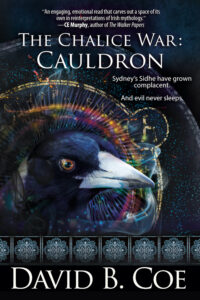 Let’s start with the obvious:
Let’s start with the obvious: 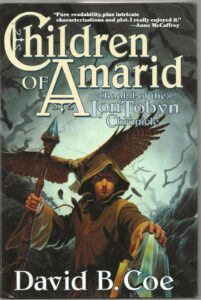 I’m asked quite often if I still feel the thrill of seeing a new book in print, even after so many years and so many releases. And the truth is, I do. Sure, the very first time was unlike anything I’ve experienced since. I still remember getting a call from the local bookstore here in our little college town. My author copies hadn’t arrived yet, so when the store manager reached out to let me know the hardcover edition of Children of Amarid was in stock, I rushed over to see it. I’m pretty sure Nancy came with me.
I’m asked quite often if I still feel the thrill of seeing a new book in print, even after so many years and so many releases. And the truth is, I do. Sure, the very first time was unlike anything I’ve experienced since. I still remember getting a call from the local bookstore here in our little college town. My author copies hadn’t arrived yet, so when the store manager reached out to let me know the hardcover edition of Children of Amarid was in stock, I rushed over to see it. I’m pretty sure Nancy came with me.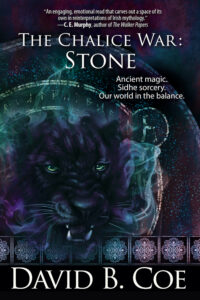 With all this in mind, I am happy to say that the releases of The Chalice War: Stone and The Chalice War: Cauldron have gone great. No new pandemics. The stock market is up. The art work looks marvelous. All the chapters are just where they should be. (I think — I should probably check to be sure . . . . Yep, they look great!) Sales? I have no idea at this point. It’s too early to know. Reviews? We’ll see about those as well. I worry, of course. I want these books to succeed. I want you to like them. And, if you do, I would love for you to tell the world.
With all this in mind, I am happy to say that the releases of The Chalice War: Stone and The Chalice War: Cauldron have gone great. No new pandemics. The stock market is up. The art work looks marvelous. All the chapters are just where they should be. (I think — I should probably check to be sure . . . . Yep, they look great!) Sales? I have no idea at this point. It’s too early to know. Reviews? We’ll see about those as well. I worry, of course. I want these books to succeed. I want you to like them. And, if you do, I would love for you to tell the world.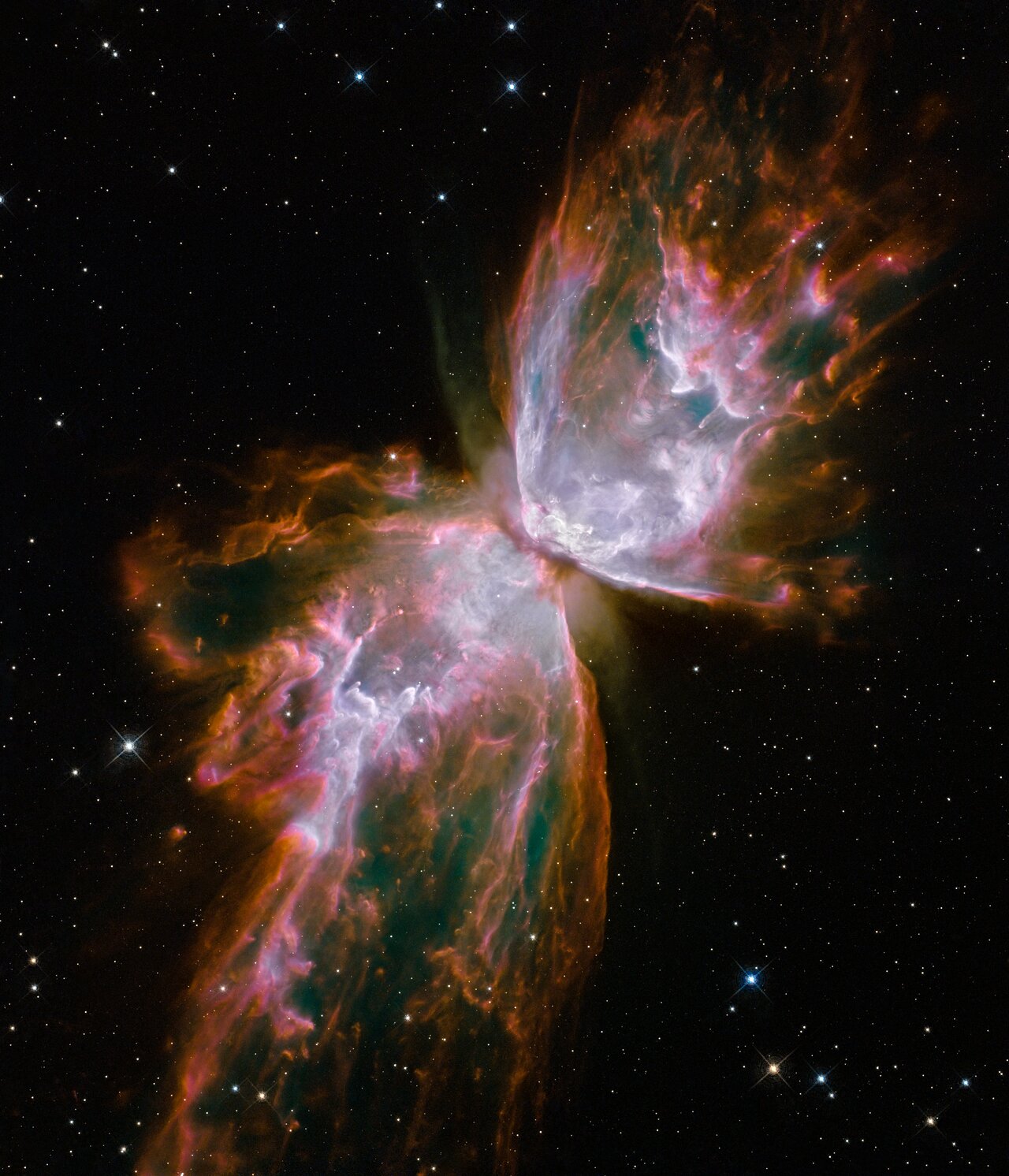
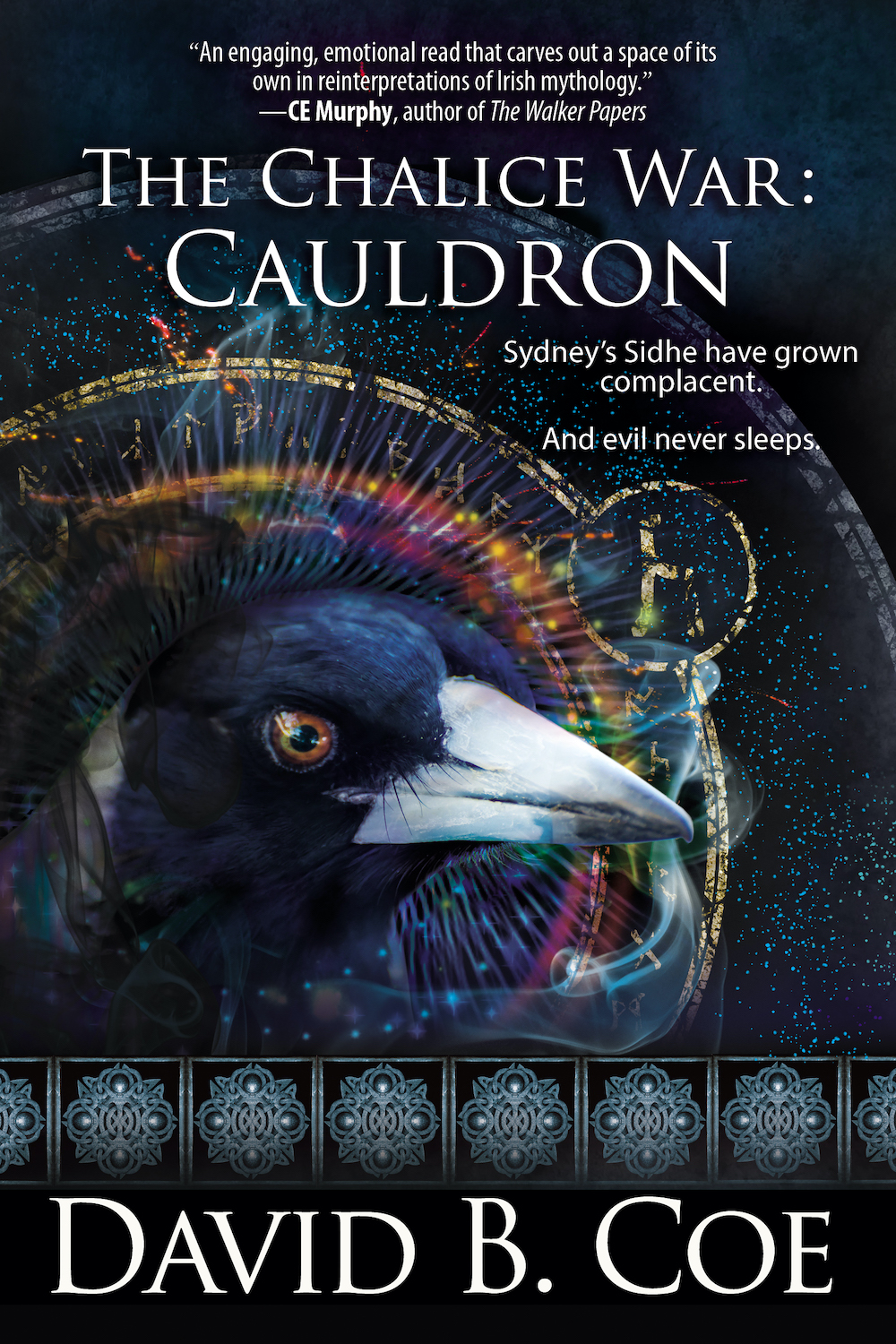
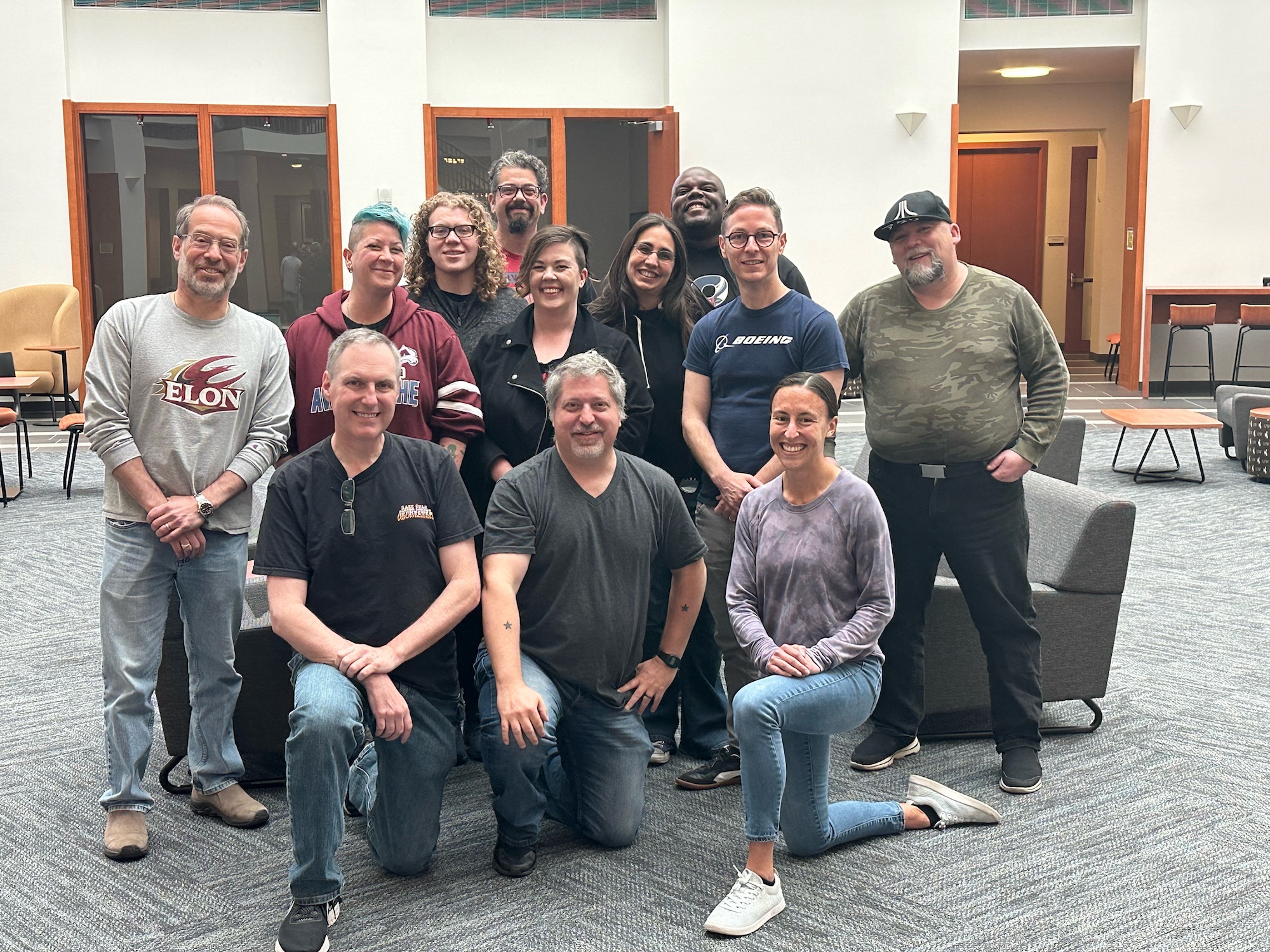 I applied for the workshop back in March, and was fortunate to be accepted along with a group of eight other writers, all of them intelligent, inquisitive, totally engaged, and eager to learn. It was an amazing week, filled with fascinating lectures, wide-ranging discussions, and very cool demonstrations. We learned a ton, laughed even more, and benefitted from the awesome knowledge and enthusiasm of our three teachers. The weather in Wyoming was a bit uncooperative, denying us the opportunity to spend an evening looking through telescopes, but otherwise the week was all we could have hoped for.
I applied for the workshop back in March, and was fortunate to be accepted along with a group of eight other writers, all of them intelligent, inquisitive, totally engaged, and eager to learn. It was an amazing week, filled with fascinating lectures, wide-ranging discussions, and very cool demonstrations. We learned a ton, laughed even more, and benefitted from the awesome knowledge and enthusiasm of our three teachers. The weather in Wyoming was a bit uncooperative, denying us the opportunity to spend an evening looking through telescopes, but otherwise the week was all we could have hoped for.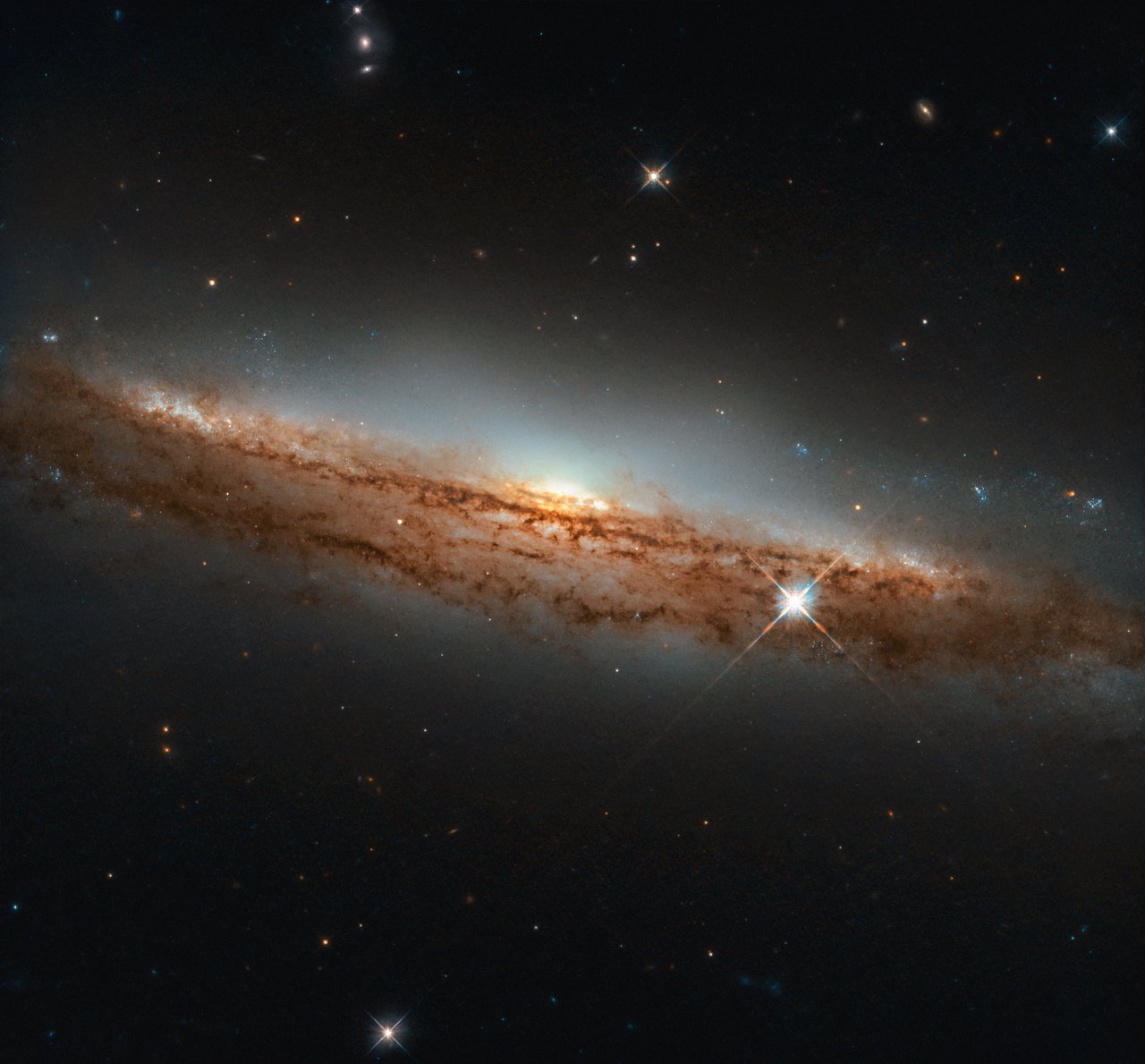
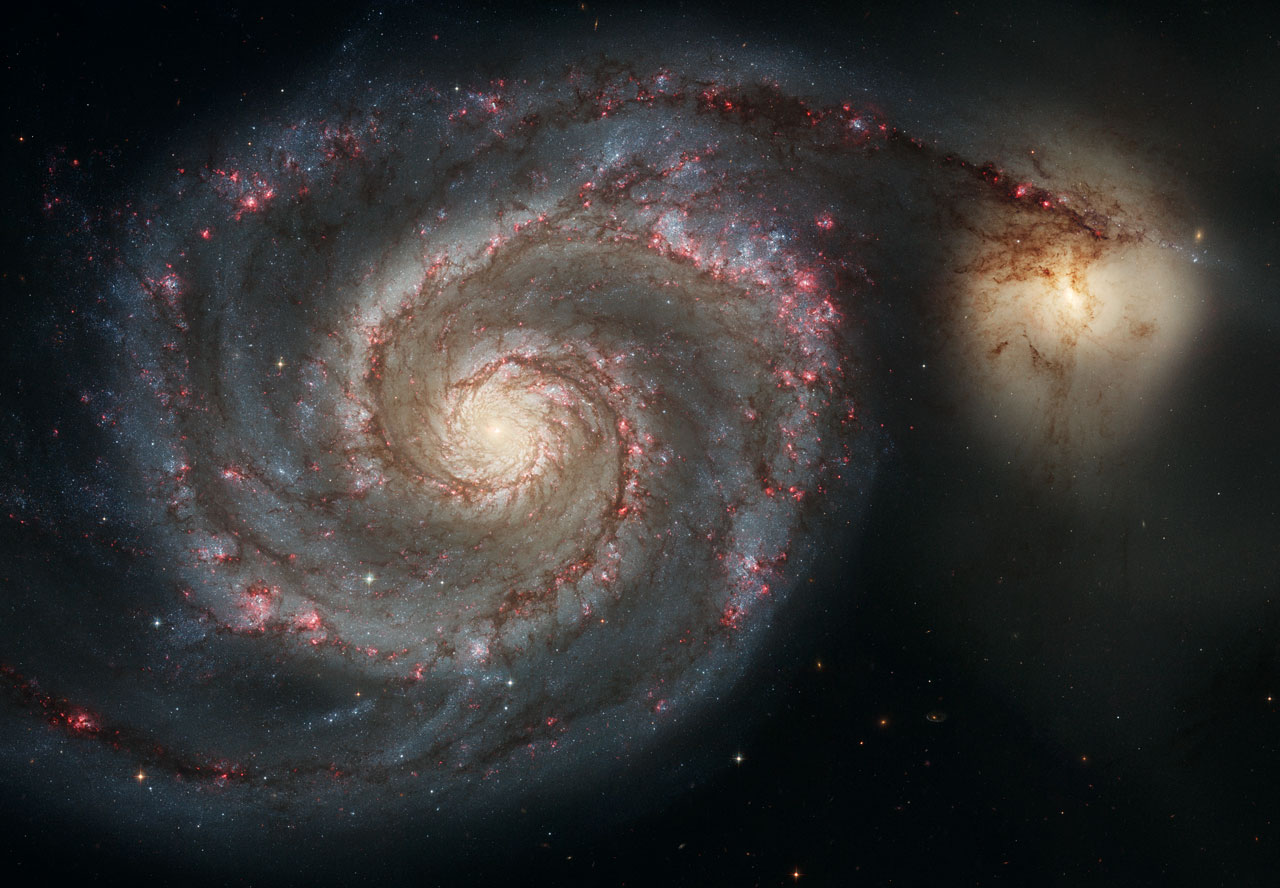
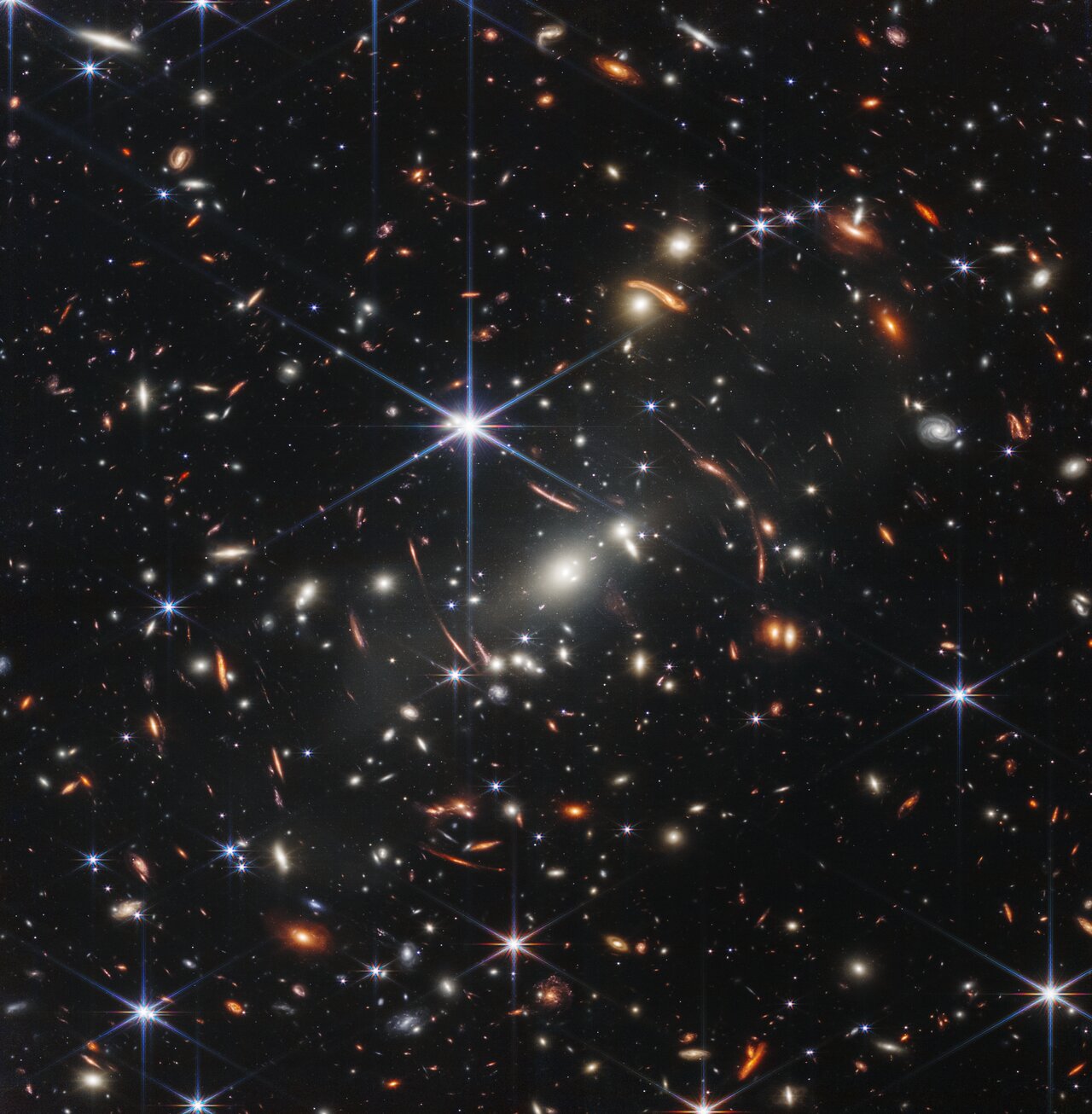
 All those great ideas you have for jacket art? They’re not as great as you think they are. Seriously. We are a writer. And we’re very, very good at that. We are NOT a graphic artist. We are NOT a marketing expert. I remember when the first Thieftaker novel went into production, I had what I thought was SUCH a wonderful idea for the jacket art. A can’t miss idea. PERFECT for the book. It wasn’t any of those things. The moment I saw Chris McGrath’s image for the book, which WAS brilliant and wonderful and perfect, I understood that no one should ever put me — us — in charge of selecting jacket art.
All those great ideas you have for jacket art? They’re not as great as you think they are. Seriously. We are a writer. And we’re very, very good at that. We are NOT a graphic artist. We are NOT a marketing expert. I remember when the first Thieftaker novel went into production, I had what I thought was SUCH a wonderful idea for the jacket art. A can’t miss idea. PERFECT for the book. It wasn’t any of those things. The moment I saw Chris McGrath’s image for the book, which WAS brilliant and wonderful and perfect, I understood that no one should ever put me — us — in charge of selecting jacket art. On the other hand, do trust in your story ideas. All of them. Even the old ones that haven’t yet gone anywhere. At some point, you’ll have an idea for a story about three kids living in the subway tunnels beneath New York City. And you won’t have any idea what to do with it. You’ll give up on it. Don’t. It will become Invasives. At another time, you’ll write a story about two women interacting with Celtic deities and trying to protect an ancient, transcendently powerful magical artifact. That one, too, will seem to languish. Trust the story. That book just came out. It’s called The Chalice War: Stone. Believe in your vision.
On the other hand, do trust in your story ideas. All of them. Even the old ones that haven’t yet gone anywhere. At some point, you’ll have an idea for a story about three kids living in the subway tunnels beneath New York City. And you won’t have any idea what to do with it. You’ll give up on it. Don’t. It will become Invasives. At another time, you’ll write a story about two women interacting with Celtic deities and trying to protect an ancient, transcendently powerful magical artifact. That one, too, will seem to languish. Trust the story. That book just came out. It’s called The Chalice War: Stone. Believe in your vision.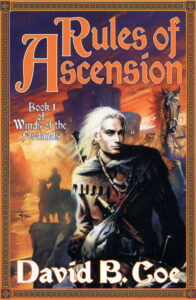 I continue to read through and revise the books of my Winds of the Forelands epic fantasy series, a five-book project first published by Tor Books in 2002-2007. The series has been out of print for some time now, and my goal is to edit all five volumes for concision and clarity, and then to re-release the series, either through a small press or by publishing them myself. I don’t yet have a target date for their re-release.
I continue to read through and revise the books of my Winds of the Forelands epic fantasy series, a five-book project first published by Tor Books in 2002-2007. The series has been out of print for some time now, and my goal is to edit all five volumes for concision and clarity, and then to re-release the series, either through a small press or by publishing them myself. I don’t yet have a target date for their re-release. We are often our own most unrelenting critics. This is certainly true for me in other elements of my life. I am hard on myself. Too hard. And, on a professional level, I am the first to notice and criticize flaws in my writing. So reading through old books in preparation for re-release is often an exercise in self-flagellation. It was with the LonTobyn reissues that I did through Lore Seekers Press back in 2016. And it is again with the Winds of the Forelands books.
We are often our own most unrelenting critics. This is certainly true for me in other elements of my life. I am hard on myself. Too hard. And, on a professional level, I am the first to notice and criticize flaws in my writing. So reading through old books in preparation for re-release is often an exercise in self-flagellation. It was with the LonTobyn reissues that I did through Lore Seekers Press back in 2016. And it is again with the Winds of the Forelands books.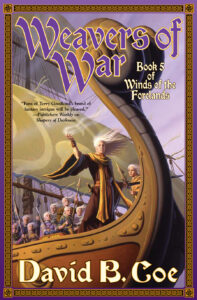 As I have read through this first book in the story, polishing and trimming the prose, I have rediscovered that narrative. I remember far less of it than I would have thought possible. Or rather, I recall scenes as I run across them, but I have not been able to anticipate the storyline as I expected I would. There are so many twists and turns, I simply couldn’t keep all of them in my head so many years (and books) later.
As I have read through this first book in the story, polishing and trimming the prose, I have rediscovered that narrative. I remember far less of it than I would have thought possible. Or rather, I recall scenes as I run across them, but I have not been able to anticipate the storyline as I expected I would. There are so many twists and turns, I simply couldn’t keep all of them in my head so many years (and books) later.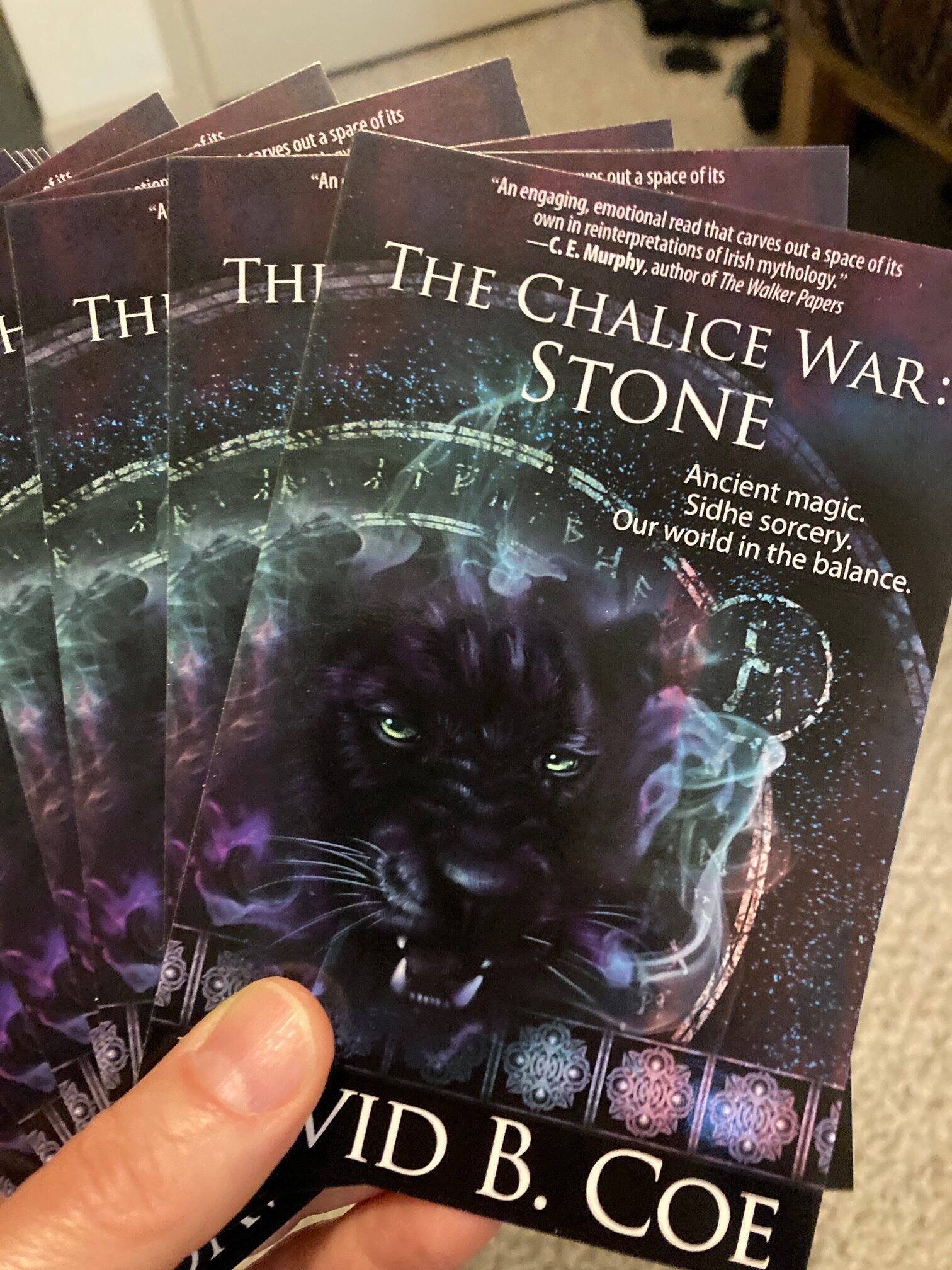 I gots swag!!!
I gots swag!!!